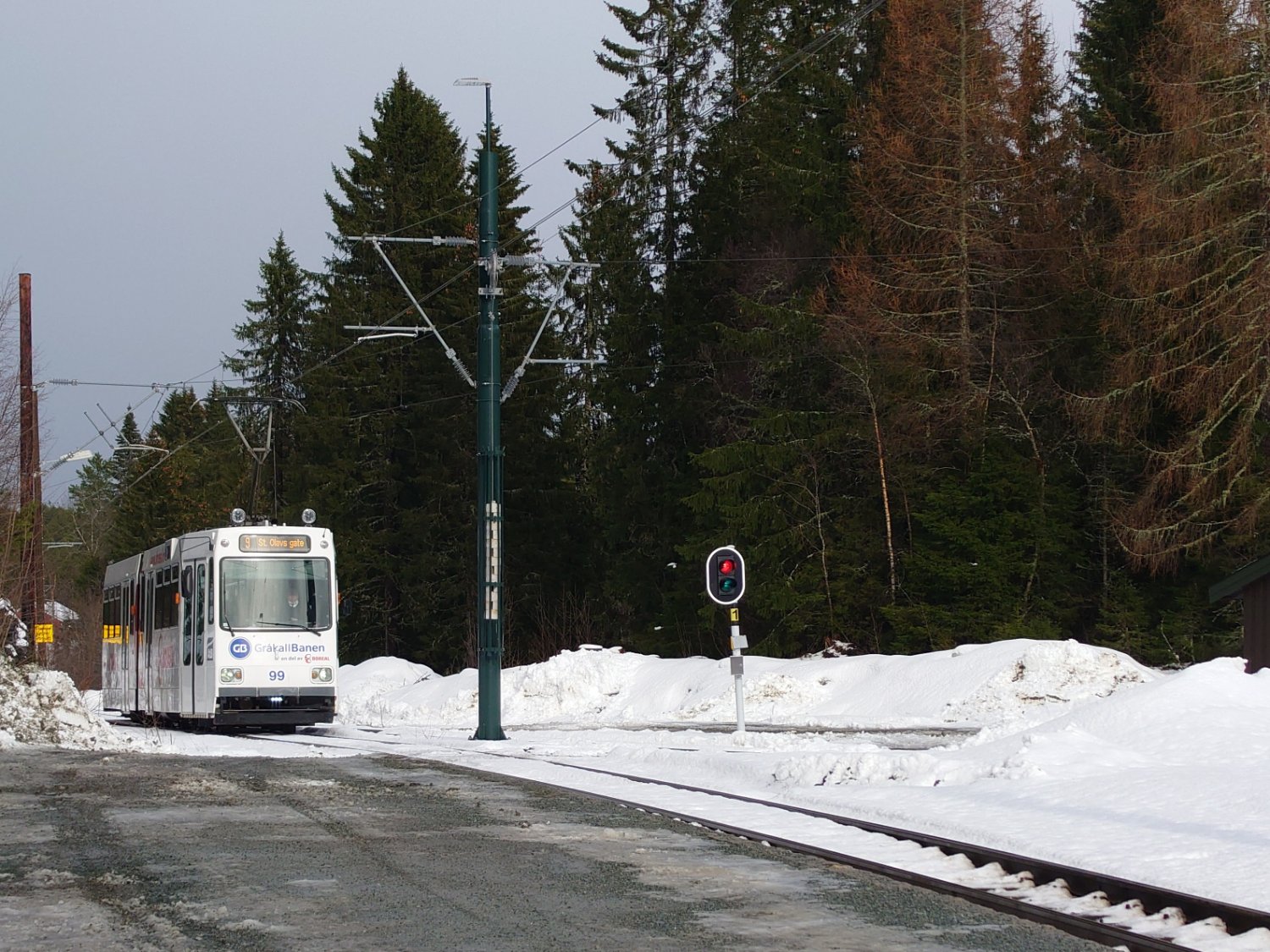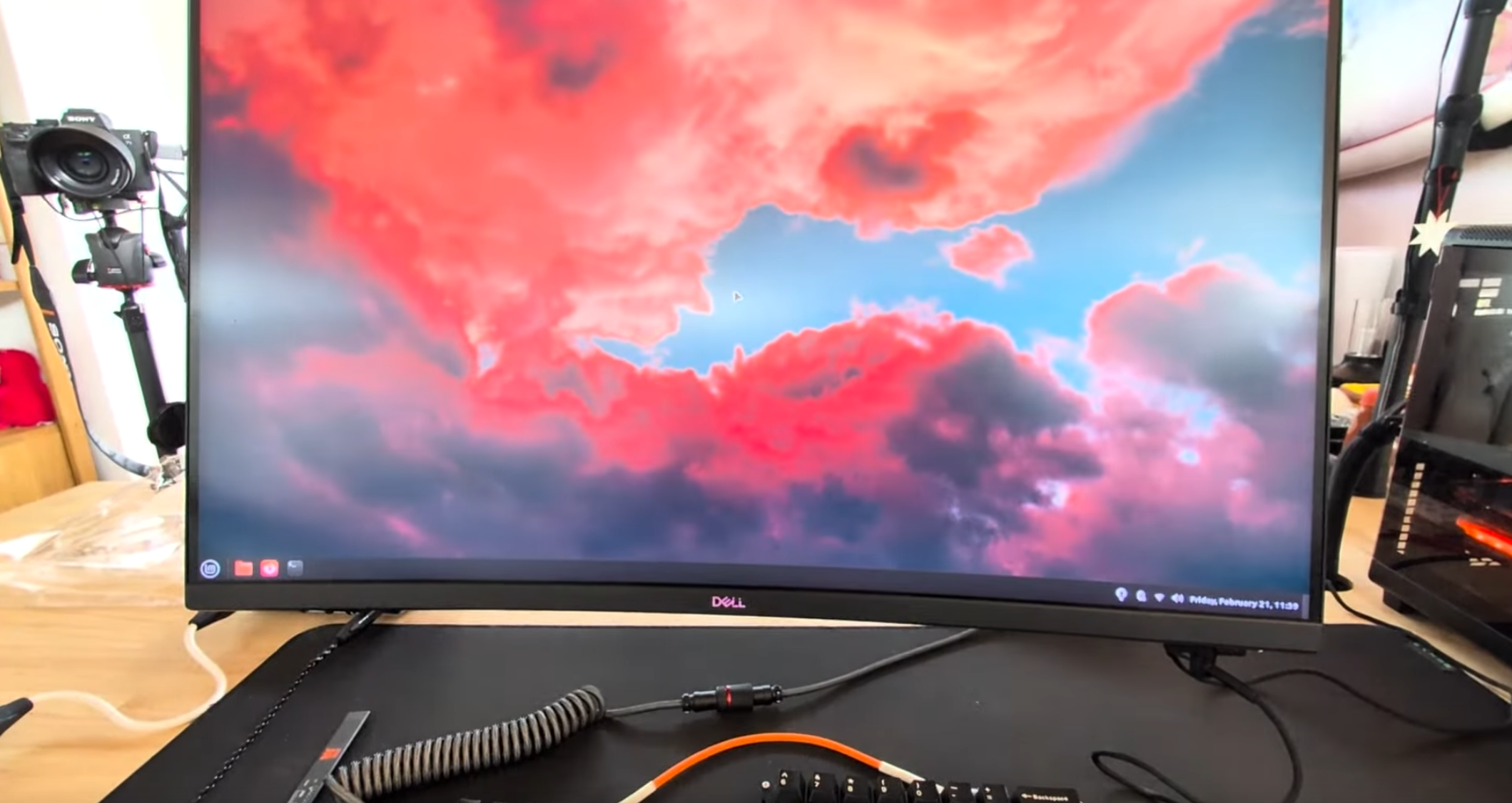I think it was obvious that it was never going to be a free game again. The problem is making it look like it's free to play and then hitting the player with a paywall after a few games. Also, the subscription model is shitty. I would readily put down a onetime payment for something that works as least as good as the web version, which is a lot more polished than the free alternatives I've seen. But I refuse to buy into this subscription model.
Gobbel2000
Sounds really cool. Weird? Not at all.
Clearly we need self-centering support from editors.
You have already done most of what I would do, but here is my list:
- Try another Proton version (in my experience Proton 6 seems stable and sufficiently different)
- Check ProtonDB if this problem is known
- Read the logs in the command line output
- Try both steam-native and steam-runtime (maybe this is only an Arch thing?)
- First back up, then delete the entire protonprefix (
~/.local/share/Steam/steamapps/compatdata/<GAME-ID>). THIS WILL ALSO REMOVE ALL SAVEFILES OF THE GAME! - Use an Xorg desktop environment instead of Wayland
"We also want to send a signal that we want the weapons in Ukraine to fall silent permanently"
There is really hardly a worse signal they could send than to visit a huge military parade by the aggressor country.
Ads disguising themselves as regular posts (e.g. the "LPT") is bad. It gets worse when someone screenshots and reposts the ad, presumably even for free. But why does the R****t ad make it all the way to Lemmy!??
Yay for Colemak!
The death of affordable computing in the US of A.

In their infinite wisdom they apparently stored a bunch of ammunitions out in the open.
Yes! It's an absolute must-have on any of my devices, and the only game installed on my phone.
My favorites are Unequal (Adjacent mode) and Slant.
The article says it's 30cm long, so still some way to grow for it to really be colossal.


Great documentary on the salvaging process.